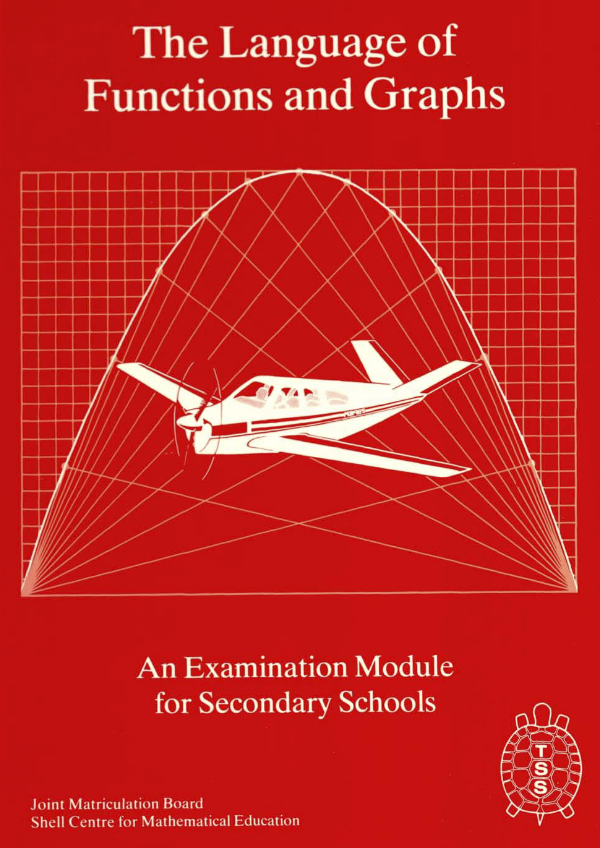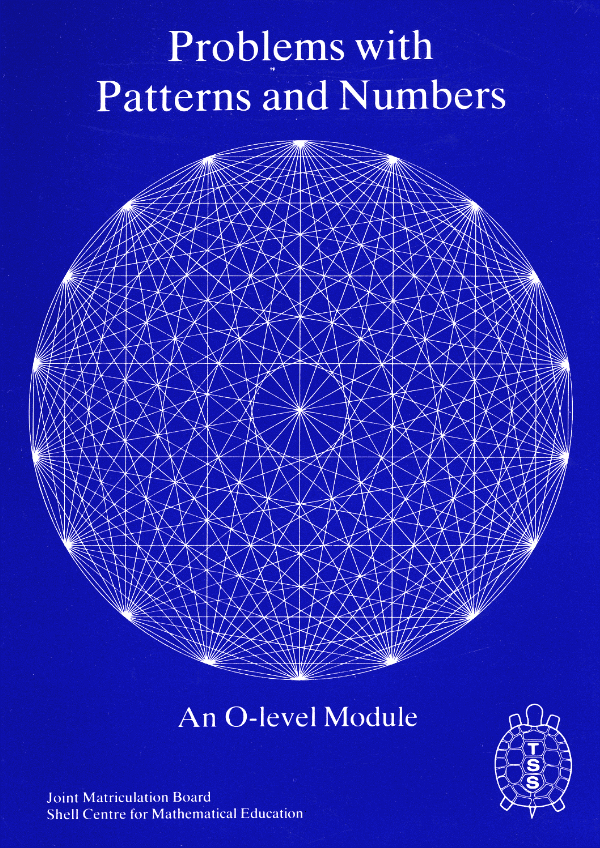30 Design Strategies and Tactics from 40 Years of Investigation
Appendix: Further information and examples
Gradual change
The standard approach to improving student learning outcomes of governments and system leaders around the worlds is comprehensive revision of curriculum and assessment. In contrast to this 'Big Bang' approach, there is another strategy: to improve things step by step – as in other fields like medicine. Here we describe examples where this has this been done. Less dramatic, it avoids the 'system shock' that so often undermines ‘Big Bang’ attempts at change.
Testing Strategic Skills (TSS)

Link to the materials

Link to the materials
The Northern Universities Joint Matriculation Board (JMB) was the UK's largest examination provider in 1980, offering examinations across all subjects for the General Certificate of Education: O-level at age 16 and A-level at 18. (The examinations were designed for use with relatively high-achieving students, mostly in selective schools. The JMB was run by a consortium of universities.)
Hugh Burkhardt was a member of both the JMB's Research Advisory Committee and its Mathematics Committee. He pointed out that the range of knowledge and abilities that the O-level mathematics examinations actually assessed was much narrower than the syllabus specified. This reflected widespread concern that high-stakes examinations were too narrow, influencing the pattern of teaching (see WYTIWYG). Both committees regularly discussed ways in which the examinations might be changed so as to improve learning and teaching.
Burkhardt suggested that, in order to achieve improvement while minimising 'shock' to this smoothly running system which schools were accustomed to, a programme of gradual change might be tried. Specifically, he suggested the Board should:
- introduce each year one 'question'[1] of a new type that assesses an important aspect of mathematics currently neglected
- give schools two years advance notice of the change, corresponding to the normal period of teaching for the examination.
- offer schools carefully developed support materials that would enable teachers to prepare their students for the new type of task. (One new task out of the 20 on the examination corresponded proportionately to 3 weeks teaching.)
- delete from the syllabus existing content that takes a comparable amount of teaching time[2].
The Shell Centre offered to develop the support materials (see Alignment), which the Board would publish. The Board accepted this proposal. It was carried forward by all involved with some enthusiasm. Over half the Board's schools bought the 'boxes' of materials, which were developed by the kind of research based-design and development process common for products in other fields. (The development cost was roughly £10,000 per teaching hour at 1980 prices.)
Evaluations showed that student performance in the new area improved greatly - not a surprise since they had not previously been taught these important skills! Teachers enjoyed the challenges; at the end of the three weeks they were happy to return to familiar ground but said they looked forward to a new module next year. This suggested that this 'bite size' innovation was digestible.
After 2 years there was a major reform of examinations, O-level was abolished and the JMB no longer had responsibility for an examination at age 16. As usual with major reforms, energy was absorbed in making the new system work; educational improvement was no longer a priority.
[1] In fact, examination 'questions' are not questions but instructions to the student to perform a specific task - however, the term persists.
[2] It was expected that choosing these topics would meet with resistance on the Mathematics Committee; in the outcome that was not an issue. 'Algebraic inequalities' was deleted with particular relish!
Links to materials:
- The Language of Functions and Graphs
- https://www.mathshell.com/materials.php?series=tss&item=lfg
- Problems with Patterns and Numbers
- https://www.mathshell.com/materials.php?series=tss&item=ppn
Supplementary materials
These have long been seen as a way gradually to improve the curriculum. However, without the alignment with the high-stakes assessment system that was built into TSS, a powerful lever for increasing uptake is lost.
Examples include:
- California Renaissance in the 1990s introduced an improvement program that developed units of teaching materials in a professional development context. The parallel effort to introduce new task-types into the state test faced fierce opposition in what became know as "The Math Wars".
- Mathematics Assessment Project developed 20 formative assessment lessons for each grade 6-10.